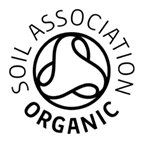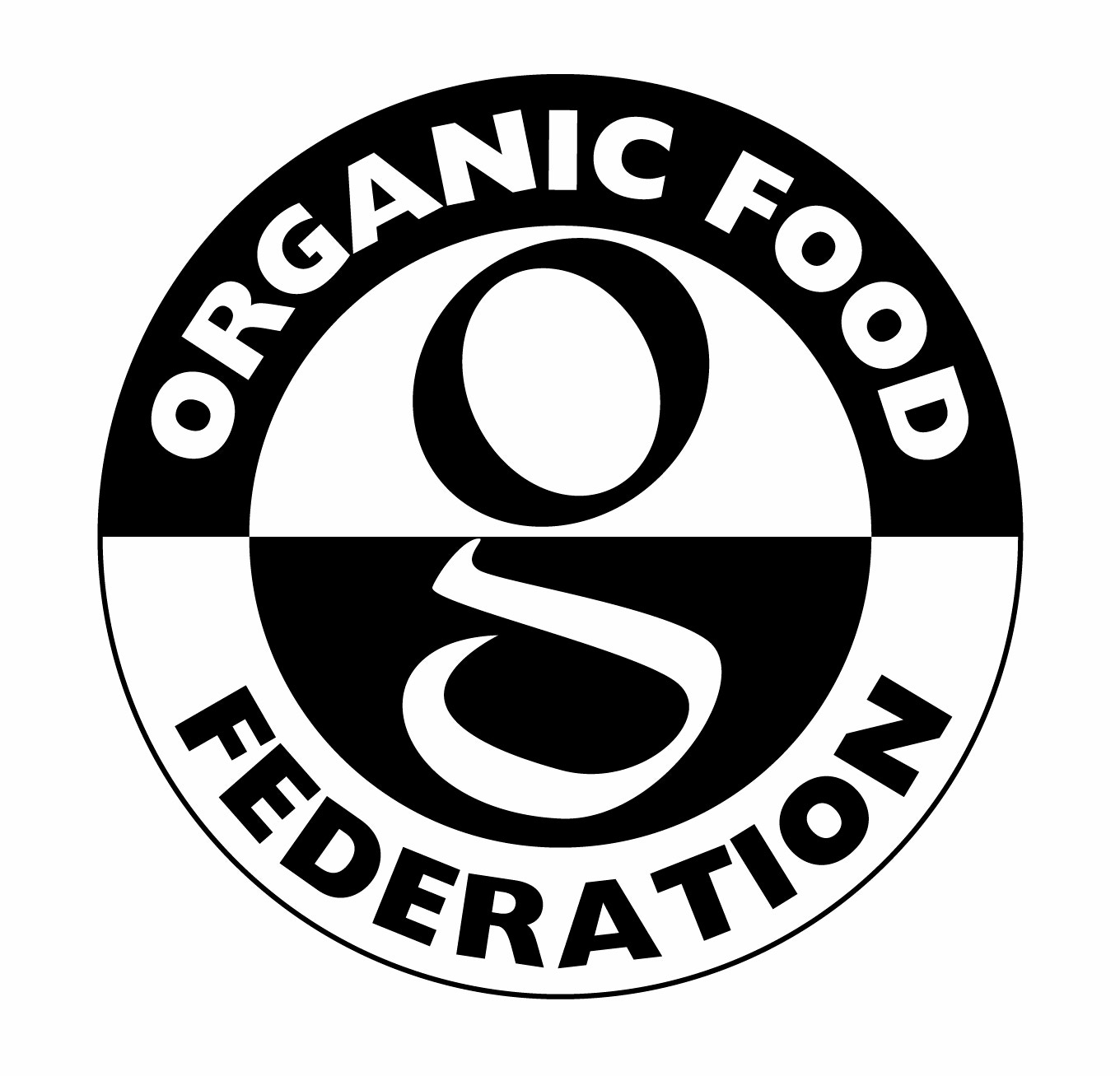Malt is one of those ingredients that we are familiar with but equally unsure of. Made from grains that have been soaked, left to sprout somewhere warm, then roasted at a low temperature and finally ground, the resulting sweet (almost caramel) powder is used to enhance the rise, crust and crumb colour of breads, and has been used for hundreds of years.
The sweetness in malt comes from enzymes within the grain that can convert starches into sugars, and when these enzymes are kept intact during the malting process the result is called “diastatic malt”. Diax from BakeryBits is a diastatic malt, and when added to the dough, converting some of the starch into sugar speeds up the rising and dough maturing process, as the yeast has more easily fermentable material available.
The other (and main) sort of malt BakeryBits sells is non-diastatic, and is used to naturally flavour and colour the crust and crumb. Dark Baltic, Germanic and Nordic breads often use non-diastatic malt to produce a moderate to very dark crumb and crust, sometimes also adding a diastatic malt like Diax to speed the fermentation.
So as additives go, it’s like adding wholegrains or oats into a loaf. Here at BakeryBits we’ve long championed malt and so this week we wanted to explain what we have, why you’d use it, and how it’s best used with a little nod to creativity.


Malted grains: rolled or cut
Like rolled oats but from wheat, with a slight golden colour and a rich malted flavour. Made by gently steaming the sprouted and roasted whole wheat grains to soften them, then they’re gently rolled and dried to give them a delicate crispness. They do soak up water from the dough when used so allow for this in mixing. Try using 10% of flour weight (50g to 500g) for a moderate fleck through the dough.
Malted Wheat Flakes


These are BakeryBits’ own-label malted rolled wheat flakes, exceptionally chewy and full of a rich malted flavour. They can be used at 10% of flour weight, or more if you prefer, to give a delicious light wheat flake texture through the crumb. Another way to use them is to roll the shaped dough lightly on a wet cloth then immediately through a layer of malted wheat flaked: this ensures the flakes will hold to the crust without the need for an egg wash.
Nuttimalt


These are chopped malted wheat grains, often described as “kibbled” (a late 18th century word meaning crushed or ground), ready to add with the flour for any bread dough. Excellent used alongside cooked and well-drained wholegrains, to add sweetness to the crumb. Try using 10% of flour weight (50g for 500g) for a moderate fleck through the dough.
Powdered active enzyme malt
Diax - Diastatic Malt Flour


This is the malt that will affect the biggest physical change in your dough: giving you a softer crumb texture and a faster rise. There’s an enzyme naturally present in wheat flour called alpha-amylase, part of the grain’s sprouting mechanism, which converts “damaged” starch into sugar more easily fermentable by yeast. Sometimes your favourite flour might benefit from a top-up, depending on what you’re making, and Diax is rich in this natural enzyme. By adding 1g–5g per 100g flour, you can complement the enzymes already in your flour with extra created from malted grains.
Powdered inactive colouring/flavouring malts
Roasted Barley Malt (RBM) Flour (Vistamalt Black Flour 1250)


This gives a very dark cocoa-like brown colour to the crumb, perfect if you want your baking to take on a pronounced deep tan to almost black hue with an authentic malted barley flavour, and don’t want to rely on black treacle, coffee or cocoa for the colour. When you see great pumpernickel loaves or bagels, this is what bakers use. For a black colour to the crumb use 8g-10g per 100g flour, for a deep brown colour use 5g per 100g.
Nut Brown Malt Flour: Vistamalt Crystal Flour 150


The Nut Brown Malt Flour: Vistamalt Crystal Flour 150 is a roasted barley malt flour that has no diastatic properties, excellent for giving shades of warm brown to the crust and crumb. The 150 gives a pale golden colour, useful when you want to try adding a slighter warmer colour and subtle sweet flavour to the dough. Use at 2g–4g per 100g flour for a gentle effect, more for something bolder.
As above, the Red Malt Flour: Vistamalt Crystal Flour 350 gives a rich reddish tan. Use at 2g–4g per 100g flour for a gentle effect, more for something bolder.
Organic Barley Malt Extract/Syrup
A general flavouring non-diastatic malt in a thick syrup form – what’s known as a malt extract – with no added sugars or colourants, and good for adding a simple caramel-like sweetness to bread, cakes and biscuits. For wholewheat bread use 5g–9g per 100g flour, for white breads try using between 0.5g and 2g per 100g flour for added crust colour while preserving a pale crumb colour.
Dried Malt Extract DME (Spraymalt)
Though essentially artisan brewing malts, these ultra-fine particle malts – available in pale, dark and extra-dark varieties, depending on the effect you’re looking for – give the cleanest malt flavour. In the past, I’ve used pale spraymalt when making Italian breads – this was the malt I relied on at Locanda Locatelli’s in-house bakery - as they give a great boost to the baking colour without a noticeable malt or bitter flavour. They are hygroscopic (attracting moisture), so you need to keep the pack tightly sealed as it can turn clumpy and sticky, but dissolving the malt in 70°C water first will overcome this. Use between 2g and 5g per 100g flour for a gentle boost to the crumb colour.
Flours with added malt
These are flours that already have malt added to them, either as a powder or as rolled/cut grain. A great way to see if you like using malt in your baking, without having to buy a whole bag of it first, and a convenient approach if there’s a malted flour here you’d like to try.
Stoate's Organic Maltstar Flour
Michael Stoate, a salt-of-the-earth hero in artisan milling, has long produced superb stoneground flour and his Maltstar flour - true stoneground wheat flour, blended with malted wheat flakes, rye flour and malt flour – gives a chewy close texture and superb flavour.
Redbournbury Organic Malted Wholegrain Flour
This uses a mix of “brown” wheat flour – not quite wholemeal, it has some of the bran removed - blended with wholegrain malted wheat flakes. Try using it 50:50 with a roller-milled white flour at first (e.g. Marriage's Finest Strong White Bread flour), to give you a light-textured crumb, then gradually increase the proportion of malted flour to your liking.
Marriage's Moulsham Strong Malted Seeded Bread Flour
The Marriage family is legendary – the Beckhams of British milling – and this flour is hugely popular with bakers, combining the stretch and resilience of roller-milled high-protein white flour with 4% barley malt flour for a quicker rise, golden crust and crumb colour and an extra-soft texture. With a 15% mix of sunflower, pumpkin, millet and poppy seeds and brown linseed, for added crunch. To beef up the texture, try replacing 25% of it with wholegrain rye, emmer or einkorn flour for a heartier crumb and crust.
Marriage's Country Fayre Organic Strong Malted Brown Flour
If you overlook the ‘y’ in fare, presumably added in the hope more people will buy it (credit: the late, great Victoria Wood), this is a great granary-style flour combining organic malted and kibbled wheat grains, organic wheat bran, and organic barley malt flour. Especially good with ale or cider used in place of half of the water.
























